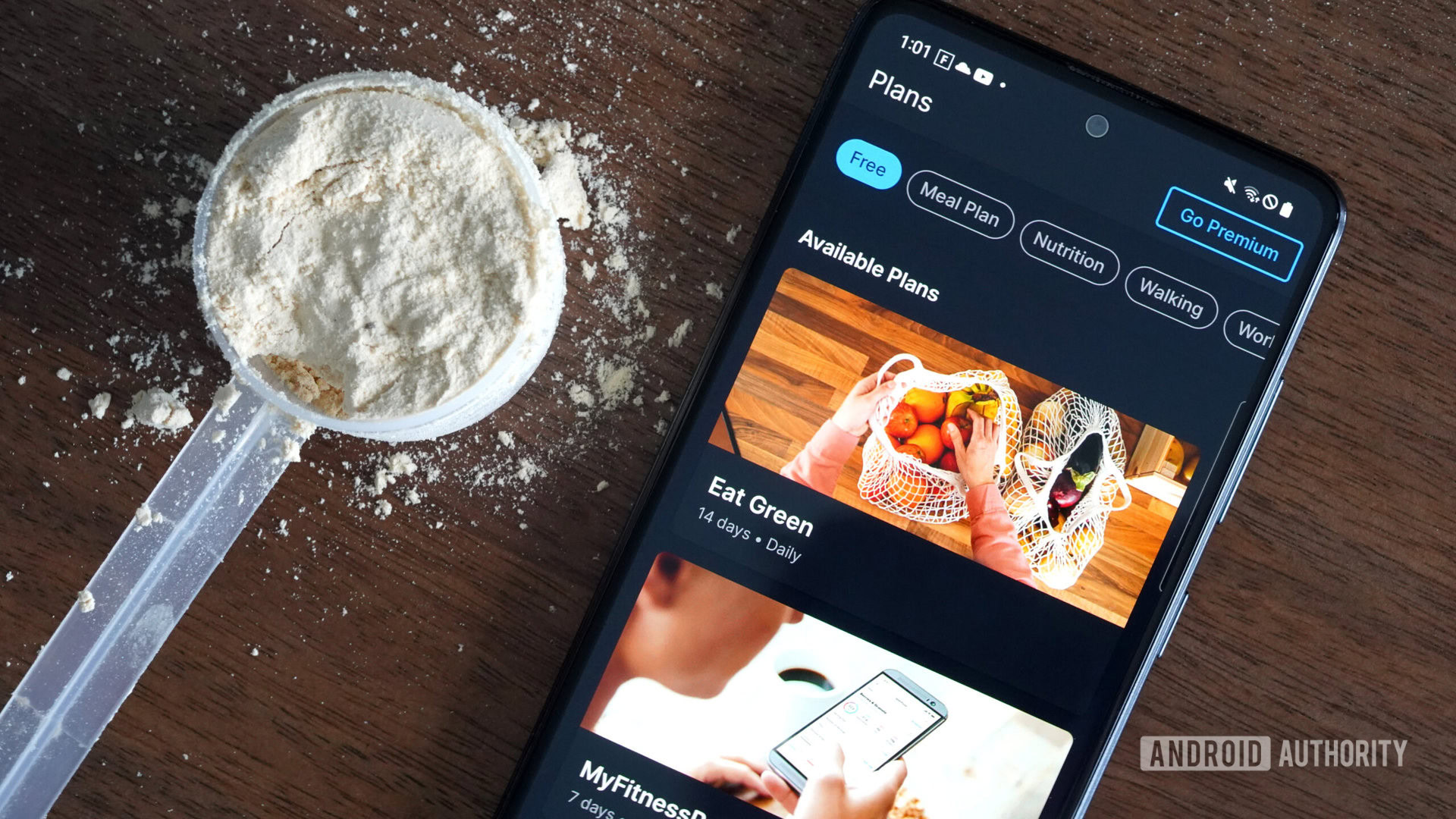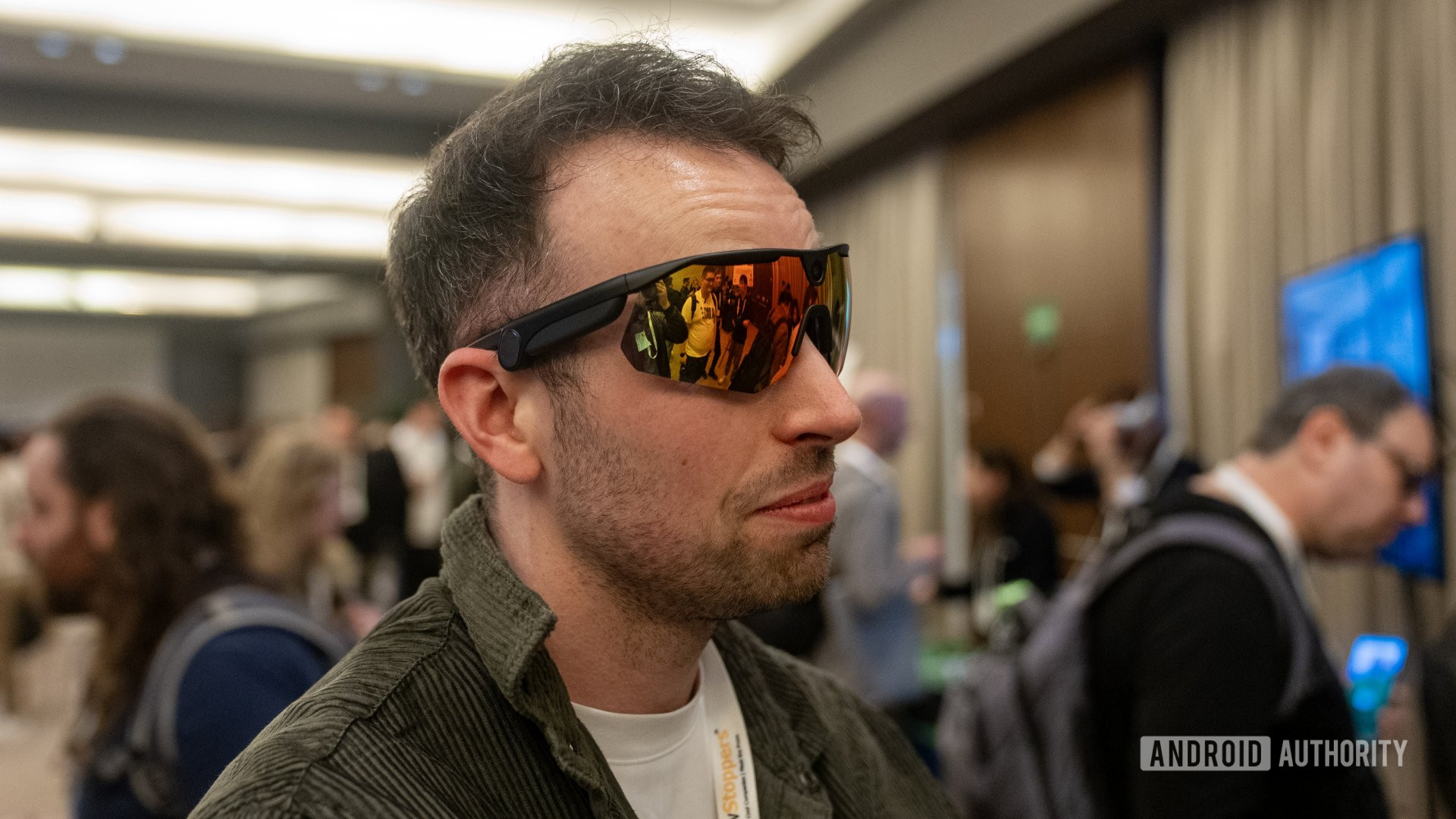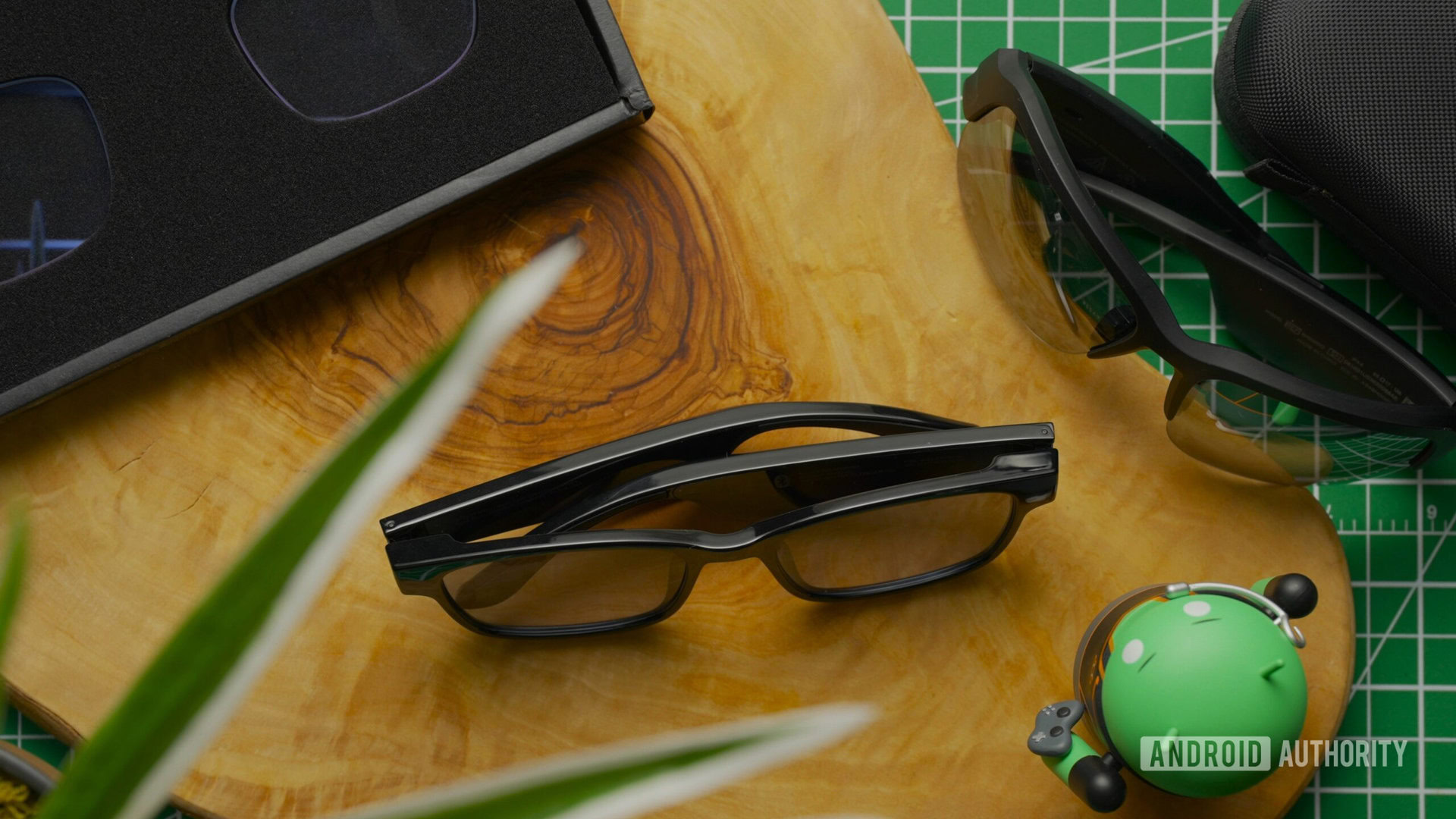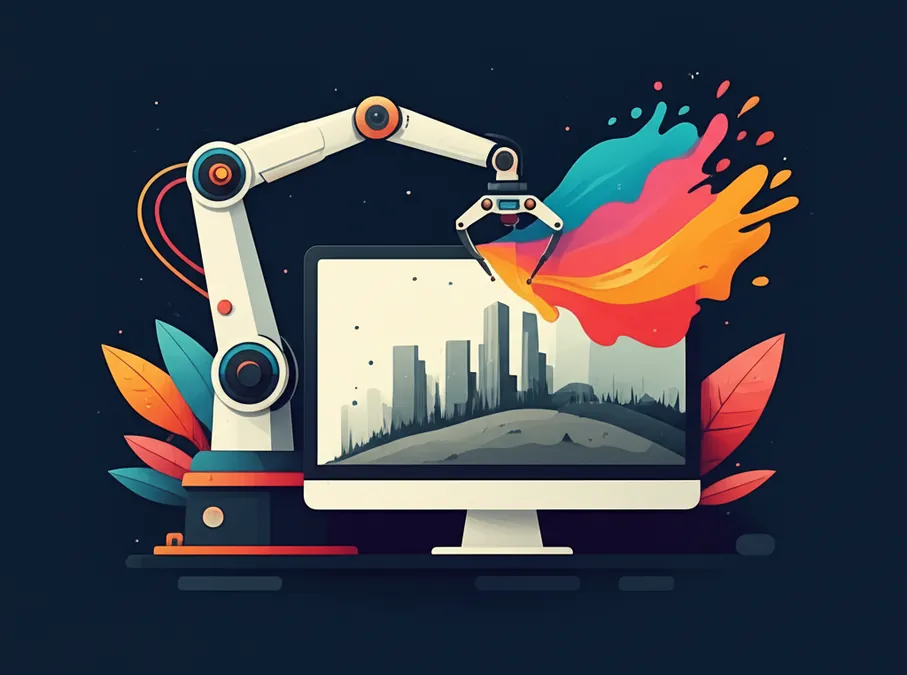Developer Offer
Try ImaginePro API with 50 Free Credits
Build and ship AI-powered visuals with Midjourney, Flux, and more — free credits refresh every month.
Why Smart Glasses Are The Future Of Food Logging

I'm not the kind of person who obsesses over fitness tracking, needing a smartwatch on my wrist at all times to log every single movement. I typically only wear one during workouts or when I'm away from my phone to catch important notifications. For me, that's the primary function of a smartwatch.
While my watch can effortlessly track everything from my sleep patterns to my cycling distance—essentially, the calories I burn—it falls short when it comes to tracking the calories I consume. Nutrition tracking has always been a struggle for me. Despite the availability of countless apps designed for logging meals, the process remains cumbersome.
The one wearable that I believe can finally solve this major gap in fitness tracking is smart glasses. Even though I'm generally skeptical about making every device 'smart', if a pair of glasses could automate my nutrition tracking, I'd be the first in line to buy them.
The Hassle of Manual Food Logging

The last thing I want to do during or after a meal is pull out my phone to log what I just ate. I know that if I postpone it, I'll either forget entirely or miss key details about the meal. Any missing information compromises the entire dataset, making all my previous efforts feel pointless. This unreliability makes me less motivated, and before I know it, the habit of tracking is completely abandoned.
It feels like an all-or-nothing commitment: either I track every meal with religious dedication, or I don't bother at all. Anything in between results in sporadic, meaningless data.
Apps have tried to simplify the process with features like barcode scanning, saved meals, and even AI-powered photo recognition. While these help, I still have to remember to open the app, which often means pulling out my phone at the dinner table and getting judged for taking a picture of my food.
How do I tell the app that the snack whose barcode I just scanned was shared by five people, and one friend grabbed most of it? Or how do I know how much and what kind of oil went into a restaurant dish?
It gets even more complicated. How do you log a shared snack? How do you account for the oil used in a restaurant meal? Complex cuisines, like many Indian dishes, can overwhelm any algorithm with their vast number of ingredients and variations.
Meanwhile, our wearables for sleep and activity have become incredibly automated. You put on your smartwatch, and it detects your workout and logs your activity without any input. That seamless experience is what makes it so effective. Nutrition tracking, by contrast, still feels like tedious admin work. The problem isn't the apps; it's the absence of a wearable designed to make it effortless.
How Smart Glasses and AI Can Solve the Problem

Smart glasses are uniquely positioned to solve this. They sit on your nose, see what you see, and can respond to your voice. While many people are excited about their potential for translating signs or recording memories, I see their greatest potential in fixing nutrition tracking—a critical but often overlooked aspect of fitness.
Just like your smartwatch automatically tracks your run, your glasses could automatically track your meals.
Modern smart glasses are perfectly suited for this role. Because they share your point of view, they could automatically log your meals without you having to scan a barcode, type a description, or take a photo. Imagine glasses that see your plate, estimate the portion size, identify the ingredients, and calculate the calories.
If you need to make an adjustment, you could simply say, “It’s my cheat day, I added more cream.” With a powerful LLM working in the background, the AI would understand the context and update the log. This shifts the burden of logging from the user to the algorithm, which is a perfect application for artificial intelligence.

Currently, the most well-known smart glasses are the Meta Ray-Bans, which recently added a display, while Google is rumored to be rebooting its Glass project. However, neither has prioritized nutrition tracking. You can achieve a similar effect using Gemini Live on your phone's camera, but it lacks proper integration with health platforms like Google Fit or Fitbit. What's needed is deep, ecosystem-level integration that combines visual recognition, voice commands, and health platforms into one seamless system.
The Road Ahead: Imperfect AI is Better Than None

Food tracking is incredibly nuanced, with variations in recipes and ingredients from one household to another. This complexity is challenging even for AI. An algorithm will always lack the human context behind our meals—why we eat what we do and with whom. It will always be an estimation.
However, even an imperfect automated system would be a monumental improvement over the manual methods we use today.
In the future I envision, our primary smart device will be on our wrist, complemented by a pair of smart glasses that provide visual context to our health data. Positioning smart glasses as fitness companions that automatically track nutrition isn't just a neat idea—it's a billion-dollar opportunity waiting to happen.
Compare Plans & Pricing
Find the plan that matches your workload and unlock full access to ImaginePro.
| Plan | Price | Highlights |
|---|---|---|
| Standard | $8 / month |
|
| Premium | $20 / month |
|
Need custom terms? Talk to us to tailor credits, rate limits, or deployment options.
View All Pricing Details

